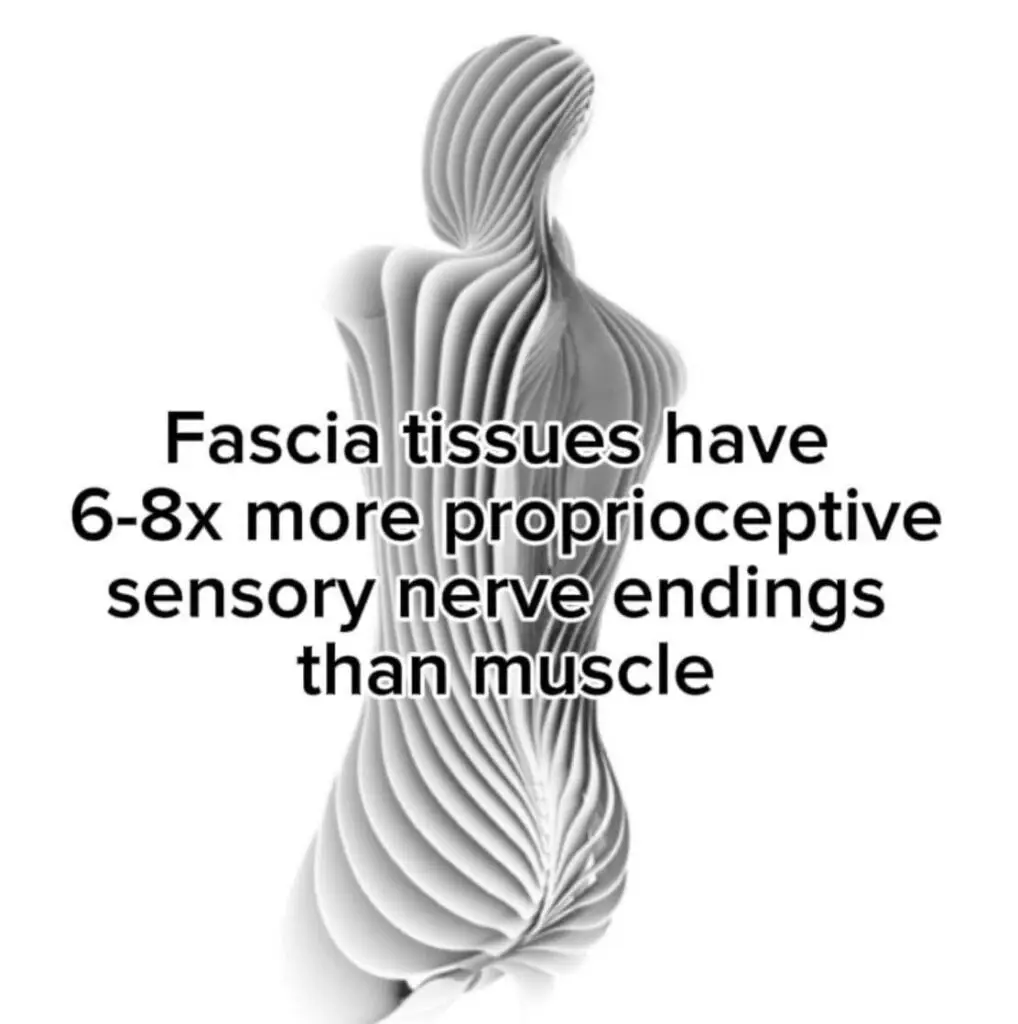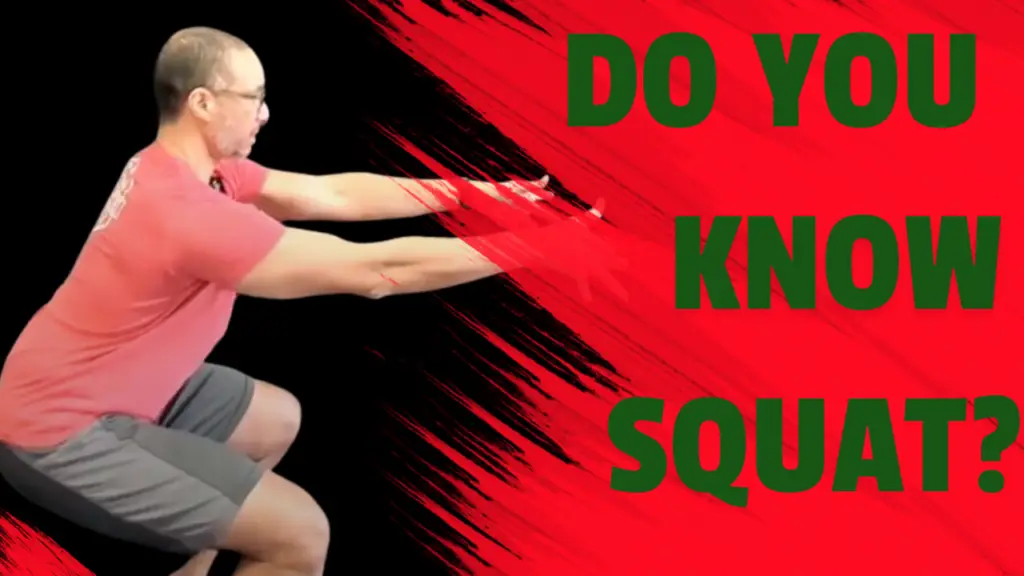
Strength and proprioception are more connected than most people realize.
You’ve been told to get stronger. And maybe you’ve tried…
But here’s the thing no one tells you:
You can’t strengthen what you can’t feel.
If your body’s sensory map is fuzzy — if the nervous system can’t accurately locate joints, muscles, or tension — then you’re not building strength. You’re reinforcing confusion.
When the Signal’s Off, So Is the Output
That means:
- The wrong muscles doing the work
- Extra tension where you don’t need it
- And a body that gets tighter, not stronger
This is why traditional strength training often fails people with chronic pain or poor posture. It piles output on top of dysfunction.
The nervous system is always prioritizing safety. And it won’t let you generate real force from an unsafe map.
Real Strength Starts with Signal Clarity
That’s where proprioception comes in — your body’s sense of position and movement. And it’s not just in the muscles… it’s in the fascia.
Fascia is one of the body’s most proprioceptive organs — a network of sensory receptors, both introceptive and extroceptive, woven throughout your entire structure.
To train it, we don’t start with load. We start with input.
That’s why methods like:
- Segmental strengthening (precise isometric loading to re-educate joint control)
- ELDOA (decompression to create space and normalize tension)
- Myofascial Stretching (length + tension reset through fascial chains)
- Proprioception exercises (low-load, high-precision training to refine joint feedback)
…form the foundation of intelligent strength development.
They wake up the system. They create clarity. And that’s what allows true strength to build.
From Signal to Strength — The Science Behind the Shift
Real strength doesn’t start with muscle. It starts with mapping.
According to Hill’s Muscle Model, force output depends on more than just fiber length and tension — it also relies on neural coordination and proprioceptive input. If the body can’t feel itself accurately, it can’t produce efficient force.
Your introceptors (internal signals: breath, organ tone, intra-abdominal pressure) and extroceptors (external cues: joint angles, balance, spatial orientation) work together to create a somatic map in the brain.
When that map is distorted, strength gets sloppy and injury risk climbs.
But when the map is clear?
- Your system becomes more efficient
- Force transfer improves
- Strength becomes sustainable — not just performative
Fascia doesn’t just surround muscles — it interweaves with them.
It wraps around every muscle fiber, including actin and myosin, and envelopes the proprioceptors themselves — like muscle spindles and Golgi tendon organs.
So when you train fascially — through decompression, tension normalization, segmental loading, and lengthened isometrics — you’re not just building strength…
You’re upgrading the entire system that strength depends on.
Related Resources:
📎 Internal Link: What Makes Holistic Fitness Actually Work
📖 External Source: FASCIA AS A SENSORY ORGAN: Clinical Applications (Schleip)
Ready to train from the inside out?
👉 Book your free 30–45 min strategy call and learn how to build sustainable strength from your structure up.
Follow the Thread—Where Movement, Fascia, and Freedom Align
Find more insight, reflection, and fascia-informed care across the platforms where we stay connected:



